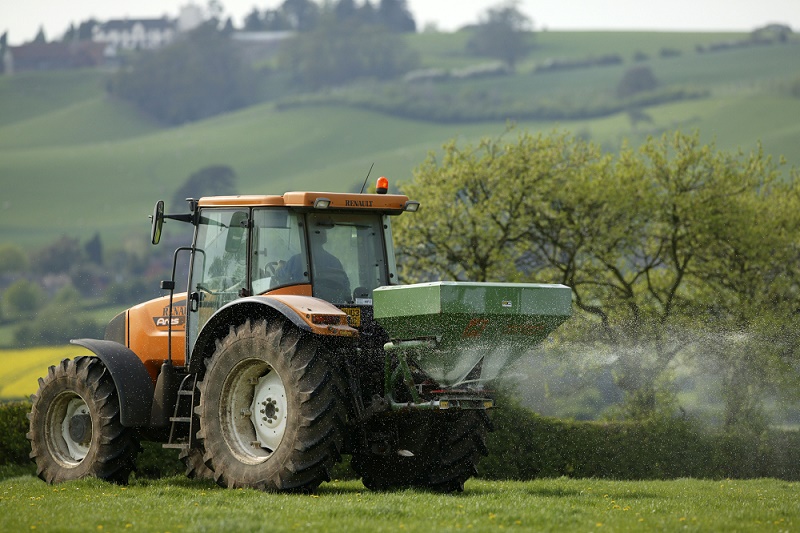- Home
- Knowledge library
- Spread sulphur for spring yield boost
Spread sulphur for spring yield boost
Spring sulphur applications can lift dry matter yields by 10–15% on the milking platform and help the grass plant better withstand summer drought. Those growing standing hay for dry cows could also see a yield boost of up to 20–30% in dry matter as the grass is allowed to express its full growth potential.
Sulphur deficiency is more obvious in well-managed rotationally-grazed swards because they are more productive than set-stocked fields. However, a wet winter will have leached sulphate out of the soil profile, causing an even bigger problem on some grazing platforms, according to independent consultant Dr George Fisher.
“Sulphur is needed to form two essential amino acids – methionine and cysteine – used in grass protein production and, therefore, building growth. Without enough of them, there is a shortfall in yield, and the grass plant can’t take up all of the nitrogen on offer,” he explains.
“Sulphur deficiency in grass shows up as yellow younger leaves, whereas yellow older leaves are due to a lack of nitrogen. Applying sulphate will see the grass respond within 7–10 days.”
While the best response to sulphur applications is seen in spring, a little-and-often approach is ideal, says Dr Fisher: “If you are applying 200–250 kg N/ha over the season, you need 80–100 kg SO3/ha as ammonium or calcium sulphate, which is the form taken up by the grass plant. When putting on 27% N, also apply 10–12% sulphur.”
Soil testing is very variable and only provides a snapshot of the day tested because sulphur is mobile in the soil and doesn’t give an accurate picture of sulphur status. “It’s better to do herbage analysis on rapid spring growth and look at the ratio of nitrogen to sulphur. A result of more than 12 N: 1 S shows sulphur deficiency.”

Topics:
Sectors:
Tags:

